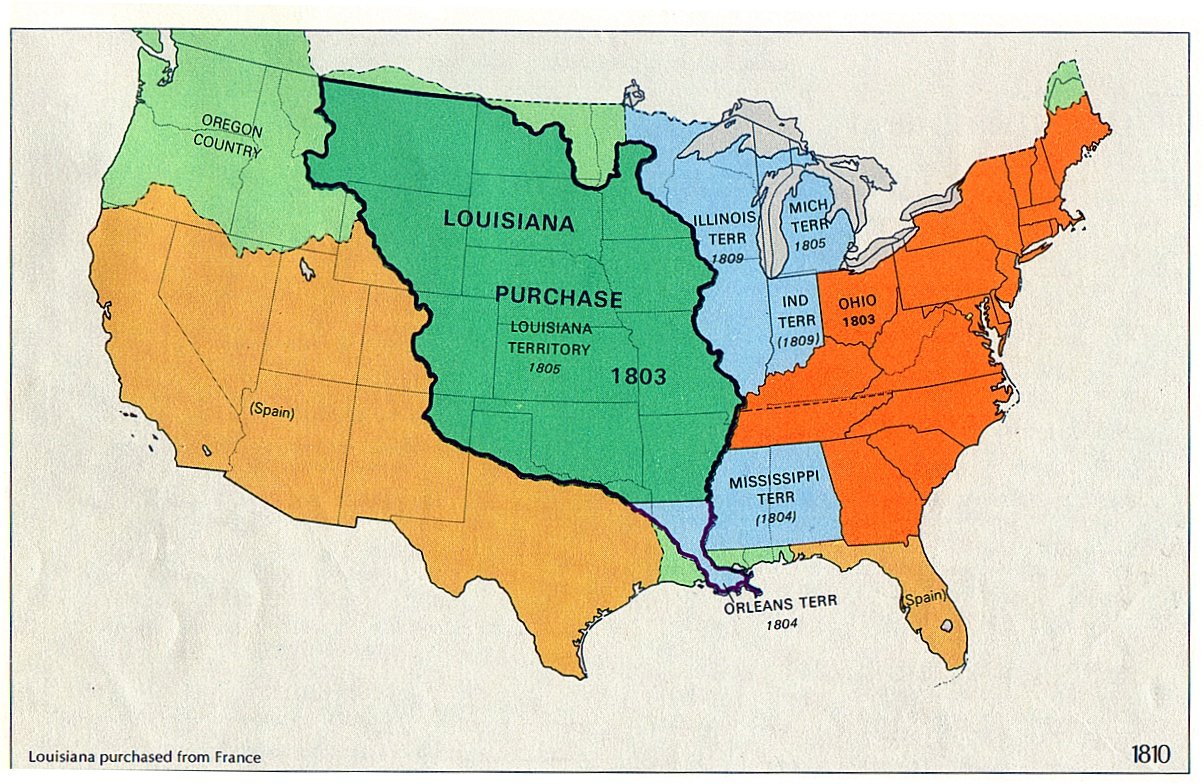Watsup Coli...
I made this thread to combat some misconception about Haitian history. For example, one big misconception about Haitian history is that they won the big revolution, but then Haiti is the country going straight to sh*t right after. The End. When in fact there was many factors that contributed to its fall throughout time. Unknown to many people, Haiti was actually a self sufficient and wealthy country, even after the French reparation and even going into the 1940's. In this thread I will not only be posting about the revolution, but things prior and after it. It has always been a lie that the media wanted people to believe that Haiti had always been a failed state. But In fact, throughout the 1800s Haiti remained a force in the Americas.
I want many people to sub to this thread, because like the Seminole Wars...No the Gullah Wars. A war oblivious to African Americans thread, I will be connecting the dots. I will also try my best to post the sources in chronological order.
Anyways enjoy.
Thesis
I made this thread to combat some misconception about Haitian history. For example, one big misconception about Haitian history is that they won the big revolution, but then Haiti is the country going straight to sh*t right after. The End. When in fact there was many factors that contributed to its fall throughout time. Unknown to many people, Haiti was actually a self sufficient and wealthy country, even after the French reparation and even going into the 1940's. In this thread I will not only be posting about the revolution, but things prior and after it. It has always been a lie that the media wanted people to believe that Haiti had always been a failed state. But In fact, throughout the 1800s Haiti remained a force in the Americas.
I want many people to sub to this thread, because like the Seminole Wars...No the Gullah Wars. A war oblivious to African Americans thread, I will be connecting the dots. I will also try my best to post the sources in chronological order.
Anyways enjoy.
Last edited:










